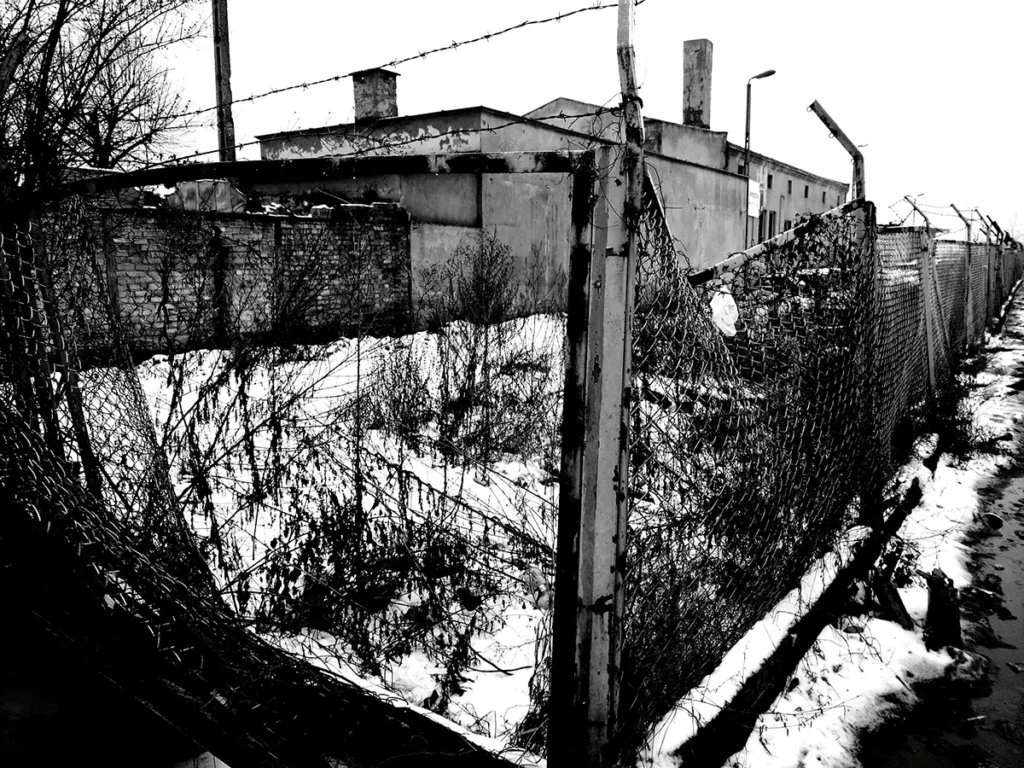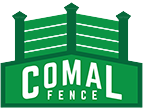
Table of Contents
A fence is one of the most important investments for Texas homeowners, providing privacy, security, and curb appeal. However, making the wrong decisions during installation can lead to costly repairs, legal issues, or premature fence failure.
At Comal Fence, we’ve helped hundreds of Texas homeowners build durable, long-lasting fences. In this guide, we’ll cover the seven most common fencing mistakes and how to avoid them so your investment stands strong for years.
1. Ignoring Local Fence Laws & HOA Regulations
What Happens?
Many Texas homeowners don’t check city codes, HOA rules, or property line laws before installing a fence. This mistake can result in fines, legal disputes, or even being forced to tear down your fence.
How to Avoid It:
✅ Check your city’s fencing regulations – Each Texas city has specific fence height limits, setback rules, and material restrictions. Check with your local building department. For example, in San Antonio, residential fences cannot exceed 6 feet in height unless permitted (source).
✅ Consult your HOA – If you live in a neighborhood with a Homeowners Association (HOA), your fence design, color, and materials may need approval. Failing to comply can result in fines or required modifications.
✅ Verify your property lines – Installing a fence on your neighbor’s land can lead to legal disputes. Consider hiring a land surveyor to confirm boundaries before construction.
2. Choosing the Wrong Fence Material for Texas Weather
What Happens?
Texas weather is unpredictable, with extreme heat, strong winds, and severe storms. Using the wrong material can lead to warping, rotting, or frequent repairs.
How to Avoid It:
Best fencing materials for Texas homeowners:
✔ Wrought Iron or Aluminum – Highly durable and resistant to extreme temperatures. (Learn more about metal fencing)
✔ Vinyl – Heat-resistant and virtually maintenance-free.
✔ Cedar Wood – More durable than pine but requires regular sealing.
✔ Composite – Mimics wood but resists rot, fading, and insects.
Materials to avoid in Texas:
❌ Softwood (e.g., pine) – Warps easily in the heat.
❌ Cheap chain link – Rusts quickly without proper coatings.
3. Not Setting Fence Posts Deep Enough
What Happens?
Improperly set fence posts can cause your fence to lean, shift, or collapse—especially with Texas’ expansive clay soils.
How to Avoid It:
- Dig post holes at least 24-36 inches deep to prevent shifting.
- Use concrete to anchor posts for stability, especially in high-wind areas like San Antonio and Austin.
- Consider metal post reinforcements for added durability. (See how we install long-lasting fences)
4. Forgetting to Plan for Gates & Accessibility
What Happens?
Some homeowners install fences without considering gates, leading to inconvenient access issues.
How to Avoid It:
✔ Install at least two gates for easy backyard access.
✔ Ensure a wide gate (4-5 feet minimum) for lawn equipment or trailers.
✔ Use heavy-duty hinges to prevent sagging over time.
For a custom gate installation, check out Comal Fence’s gate solutions.
5. Not Considering Fence Maintenance Costs
What Happens?
Some fences require frequent staining, sealing, or repairs, leading to unexpected expenses.
How to Avoid It:
✔ Choose low-maintenance materials like vinyl, metal, or composite.
✔ If using wood, apply sealant every 2-3 years to prevent rot.
✔ Regularly inspect for damage (especially after storms).
For a maintenance-free solution, check out our wrought iron fencing options.
6. Installing a Fence Without Proper Drainage Planning
What Happens?
Poor drainage leads to water pooling, causing wood rot, soil erosion, and fence instability.
How to Avoid It:
- Ensure water drains away from fence posts to prevent rot.
- For sloped yards, use stepped or racked fencing to follow the landscape.
- Avoid placing wood fences in low-lying wet areas.
Need a fence built to withstand Texas weather? Request a quote today!
7. DIY Installation Without the Right Skills or Tools
What Happens?
DIY fencing can lead to misaligned posts, weak panels, and costly repairs.
How to Avoid It:
✔ If unsure, hire a professional fence contractor like Comal Fence.
✔ If DIYing, research proper techniques and use high-quality materials.
✔ Double-check measurements and alignment before setting posts.
Conclusion: Build It Right the First Time!
Avoiding these common fencing mistakes can save you time, money, and frustration. Whether you’re installing a privacy fence, security fence, or decorative fencing, proper planning ensures a long-lasting investment.
👉 Need expert fencing services in Texas? Contact Comal Fence today for a free quote! 🚀
FAQs About Fencing Mistakes in Texas
What is the most common mistake homeowners make when installing a fence?
One of the biggest mistakes is not checking local fence laws and HOA rules before installation. Many Texas homeowners build fences that violate height restrictions, property line laws, or HOA guidelines, leading to fines or forced removal. Always check with your city’s building department and HOA before starting your project.
How deep should fence posts be in Texas soil?
For stability, fence posts should be at least 24 to 36 inches deep, depending on soil conditions. Texas has expansive clay soil that shifts with moisture changes, so setting posts too shallow can cause leaning fences. Using concrete footings and metal post reinforcements can increase durability.
What type of fence is best for Texas weather?
The best fences for Texas’ heat, high winds, and storms include:
✔ Wrought Iron – Extremely durable and low maintenance.
✔ Vinyl – Resists moisture, fading, and cracking.
✔ Cedar Wood – More weather-resistant than pine but requires sealing.
✔ Composite – Mimics wood but resists rot and pests.
Avoid cheap pine wood or untreated metal, as they deteriorate quickly in extreme weather.
How can I prevent my fence from warping or leaning over time?
Warping and leaning fences are often due to shallow post holes, improper material choice, or poor drainage. To prevent these issues:
- Use pressure-treated wood or vinyl to resist heat and moisture damage.
- Dig deep post holes (24-36 inches) and secure posts with concrete footings.
- Ensure proper drainage so water doesn’t collect around fence posts.
How much does it cost to install a fence in Texas?
Fence costs depend on material and labor. Average prices per linear foot in Texas:
- Wood fences: $15–$35
- Vinyl fences: $25–$50
- Wrought iron fences: $30–$100
For an accurate estimate, request a free quote from Comal Fence.
